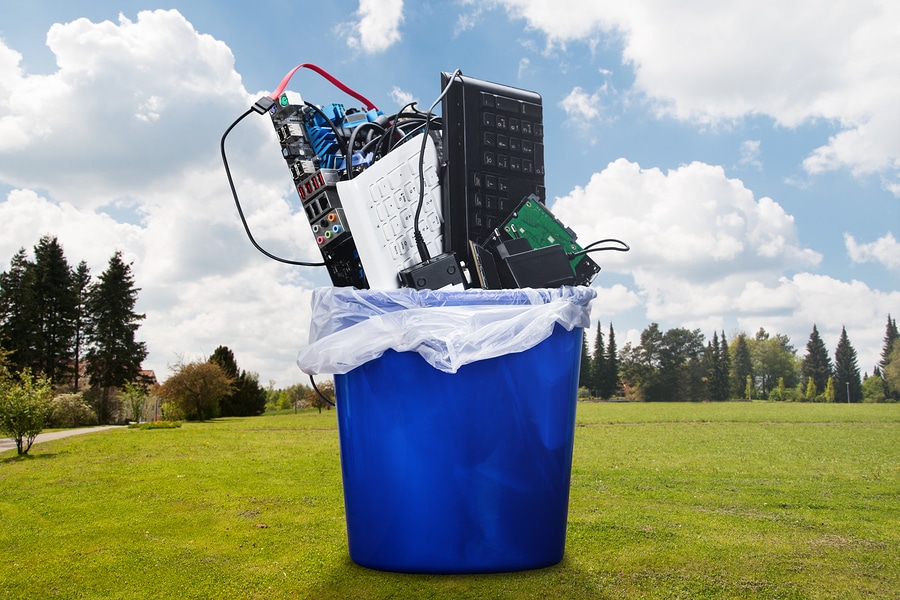What Should be Included in Your IT Equipment Disposal Policy?

IT equipment is not cheap, but it has become an essential part of conducting business, encompassing everything from communications to secure record-keeping. It allows businesses to interact with customers, carry out secure transactions, and store essential data for future use. Of course, if mishandled, this equipment can also become a major liability.
This is why every company should have policies in place related to IT equipment disposal. It’s not enough to secure data on machinery when it’s in use – you also have to take steps to ensure that valuable equipment housing confidential data doesn’t fall into the wrong hands and result in data breach or identity theft somewhere down the line. What should your IT equipment disposal policy include?
Equipment Tracking
Businesses don’t tend to remain stagnant. There are always moving pieces in play, including products, customers, employees, and equipment. You may have any number of computers, laptops, tablets, smartphones, and other equipment and devices in use at any given time, but when employees come and go or you undergo upgrades, what happens to equipment and devices already in use?
With a tracking system in place, such as one that consists of a database and scannable bar codes affixed to every piece of equipment, you have the best opportunity to keep track of where devices are and who is in charge of them. This way you can check them in and out and you’ll always know who has them, or at least who had them last.
Reassignment Procedures
Tracking equipment is the first step to reducing liability when you store sensitive data on devices. From there you need to create policies related to reassignment of IT equipment. When an employee leaves the company, for example, you need to know what to do with devices.
First, they must be checked back in when employees leave. What next? Do they sit in a closet somewhere, gathering dust and serving as a treasure trove for would-be thieves? You don’t want that, which is why your policy should include wiping and overwriting equipment and devices as soon as you retrieve them. This way they can be reassigned to other employees or processed for disposal without any fear of data leakage.
Refurbishing and Resale
Older devices may never recirculate if you upgrade to something newer and faster, which leaves you with a decision to make. What do you do with your stockpile of old equipment? In some cases, refurbishing and resale may be an option that allows you to recoup some costs.
Your ability to do this may depend on your industry and the type of data you handle. It’s always best to consult with a qualified data management and destruction specialist before moving ahead with resale of old IT equipment.
Total Destruction
If resale isn’t an option or you’d rather not risk it, the final portion of your IT equipment disposal policy will deal with destruction of outdated equipment and devices. The best policy is to team up with reputable data destruction specialists with who can guarantee security through certified processes and reporting.
Sioux Falls businesses that want certified data destruction services, proof of disposal, and peace of mind can contact SEAM at 605-274-SEAM (7326) to put an IT equipment disposal policy in motion.
SEAM provides IT recycling and data destruction services including onsite shredding and hard drive wiping to South Dakota, North Dakota, Minnesota, Iowa, and Nebraska.
Schedule a pickup or contact us for more information.





